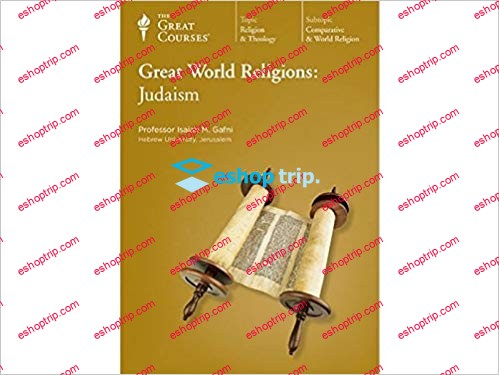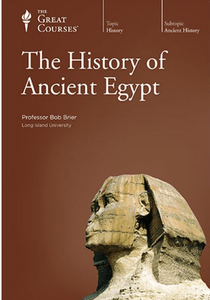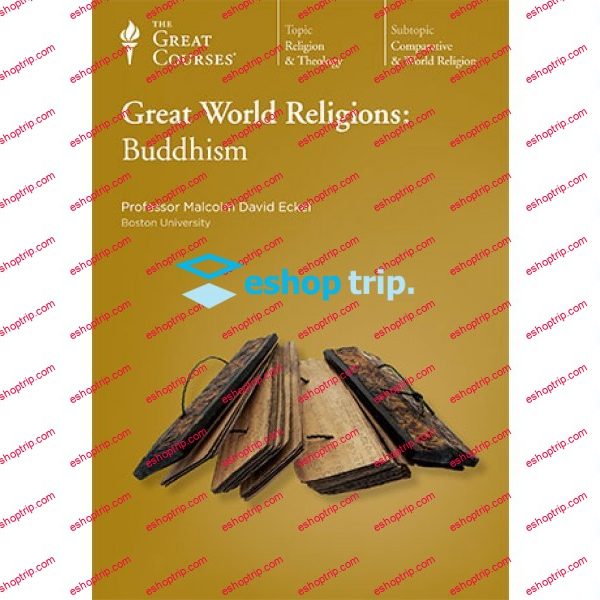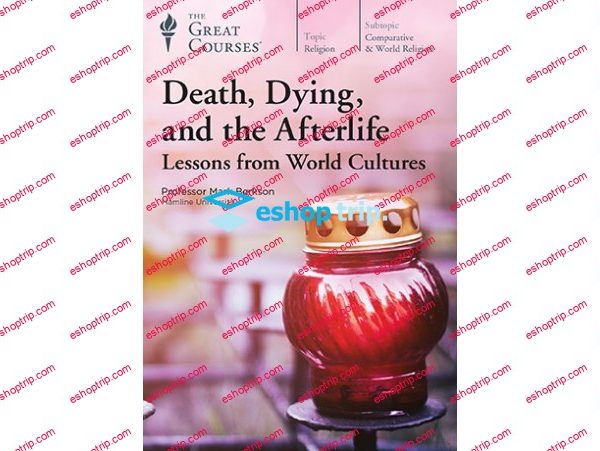What is the essence of Judaism? Is it the Ten Commandments, given by God to Israel at Mount Sinai? Or is it the totality of teachings in the Hebrew Bible? Or is it symbolized by something outside the Bible? However Judaism is defined, the beliefs, practices, attitudes, and institutions of Jews through the ages display a striking diversity, despite the fact that all would ascribe to a common heritage.
Professor Isaiah M. Gafni of the Hebrew University of Jerusalem addresses these and other issues as he explores the ever-changing 4,000-year-old saga of Judaism, one of the world’s most ancient and influential religions.
More Than a Faith
Indeed, as Professor Gafni points out, Judaism is something more than a religion. Christianity and Islam are faiths, or systems of beliefs, that embrace diverse communities and ethnic groups throughout the world. Although Judaism also adheres to particular beliefs and practices, many Jews would nevertheless consider the designation of Judaism as a religion as far too narrow or confining a categorization.
Where Does the Term Judaism Come from?
Consider the origin of the word “Judaism”:
- In the Hebrew Bible, known to Christians as the Old Testament, what came to be called Judaism is practiced by a people that are referred to as the nation of Israel.
- The Israelites believed their destiny was linked to a faith in God and to God’s promise to give a particular land to the offspring of Israel’s founding patriarch, Abraham, who lived around 1800 B.C.E.
- Abraham had a son Isaac, who had a son Jacob, who had a son Judah.
- King David, a descendant of the tribe of Judah, founded a dynasty that would rule over Israel for four centuries. The kingdom would ultimately go by the name of Judah.
- The word appears for the first time in the Second Book of Maccabees, composed 1,700 years after Abraham, as the designation of a way of life maintained by those people linked to the land of Judaea (the Roman name).
Hence, from the beginning, Judaism meant a people defined by a place as well as an ethnic and religious heritage.
Judaism from Within
Throughout the course, you will study Judaism from within—as it was understood by its adherents in the past and by those who practice or identify with Judaism today.
The lectures cover the critical stages of Jewish history; the centrality of such books as the Torah, Talmud, Midrash, and Mishna; and the manner in which the Jewish calendar and Jewish law, or Halakha, define daily life.
The course also illustrates how Judaism reinvented itself by embracing the rabbinical tradition after the destruction of the Second Temple in 70 C.E. and considers the thinking of such philosophers as Philo of Alexandria and Moses Maimonides, a 12th-century C.E. scholar whom Professor Gafni calls “the star of this series.”
The final lecture turns to the issue of how Judaism deals with the outside world. How does it handle converts to Judaism? How does it manage its dual but potentially conflicting missions: to be true to itself as a people chosen by God, and to be a spiritual example to the world, a “light unto the nations”?
Digging Deeper into Judaism
These are some issues you will encounter:
- Among many Jews today the Hebrew Bible is known by the Hebrew acronym TaNaKH, which is composed of the first Hebrew letters in each of the three component parts of the Bible.
The first part is the Torah, or five Books of Moses, also known as the Pentateuch
The second is Nevi’im, which is Hebrew for “prophets”
The third is Ketuvim, Hebrew for “scriptures.” - Judaism’s calendar is arguably the most important unifying factor in what is otherwise a frequently fragmented religious community. The key to the calendar is that it is both lunar and solar. Months are defined by the period from one new moon to the next, while the year is adjusted with periodic “leap months” to keep it in accord with the seasons.
- Judaism has no dogma or creed in the Christian sense. The most famous attempt at forming a set of principles was made by the philosopher Maimonides, replying to a convert’s request with this 13-point list:
- The existence of God
- God’s unity
- God has no corporeal aspect
- God is eternal
- God alone, and no intermediaries, should be worshipped
- Belief in prophecy
- Moses was the greatest of prophets
- All of the Torah in our possession is divine and was given through Moses
- The Torah will not be changed or superseded
- God knows the actions of Man
- God rewards those who keep the Torah and punishes those who transgress
- Belief that the Messiah will come
- Belief in the resurrection of the dead.
Even the most zealously practiced Judaism of today is radically different from the biblical representation of that very same tradition. Why? The break came with the Roman destruction of the Second Temple in Jerusalem in the 1st century C.E. In the aftermath, Rabbi Yohanan ben Zakkai created an alternative system based on a spiritual, decentralized, mobile leadership, without priests or a temple, and focused on prayer instead of animal sacrifice.
The idea of a Messiah has wielded enormous influence on much of Jewish history. The nature of this belief has been constantly in flux—from a restorative notion that envisioned a return to the old glory of Israel to a utopian image that encompassed all nations and pictured a total revision of the laws of nature, where animals that are natural enemies would become friendly neighbors.
A Skilled Storyteller
An award-winning teacher and scholar, Professor Gafni is the Sol Rosenbloom Professor of Jewish History at the Hebrew University of Jerusalem, where he has taught for more than 35 years. He has frequently served as a visiting professor at American universities, including Harvard, Yale, and Brown.
Professor Gafni begins Lecture 1 with the following story:
“To present Judaism in a few short lectures is no mean feat, and I am reminded of a story that appears in rabbinic literature.”It’s a story of a potential convert to Judaism who approaches two rabbis. Their names were Hillel and Shammai, and he asks them, ‘Teach me all of Judaism as I am standing on one leg.’ Now, the first rabbi, Shammai, has no patience for such a frivolous request, and he bangs him over the head with a rod that he happened to have in his hand. The second rabbi, Hillel, answers him with one line claiming this is Judaism (I will not divulge that line until later in our first lecture), and then he says, ‘Everything else is commentary. Now go and learn it.'”I was reminded of that story because I wonder whether Shammai had not chosen the more prudent approach.”











Reviews
There are no reviews yet.